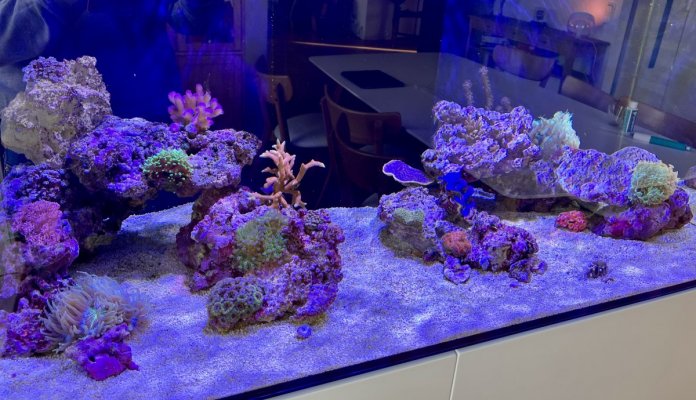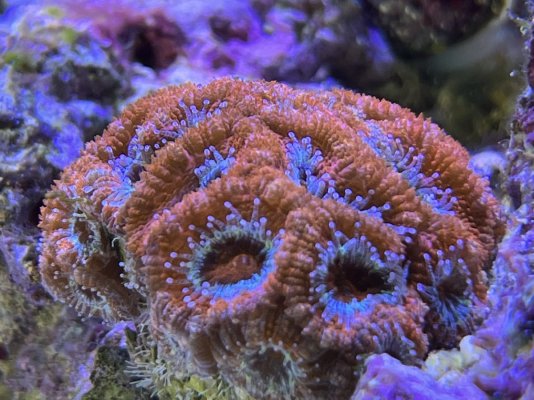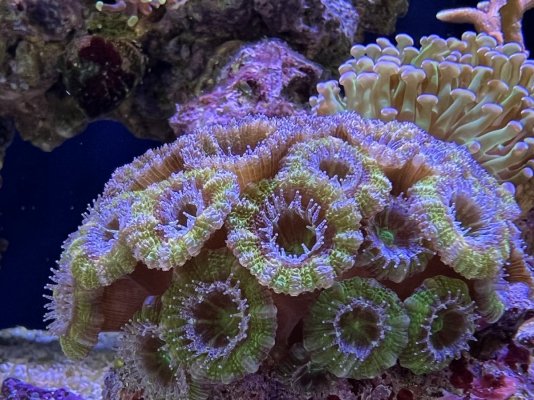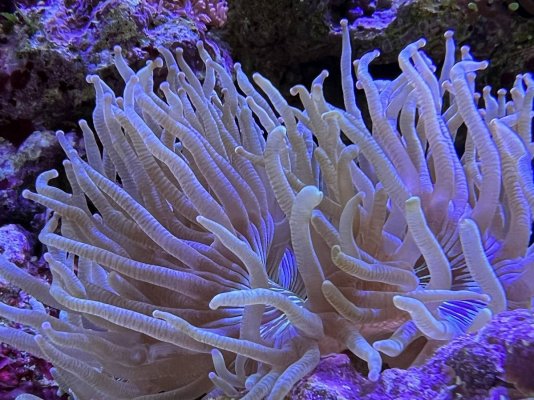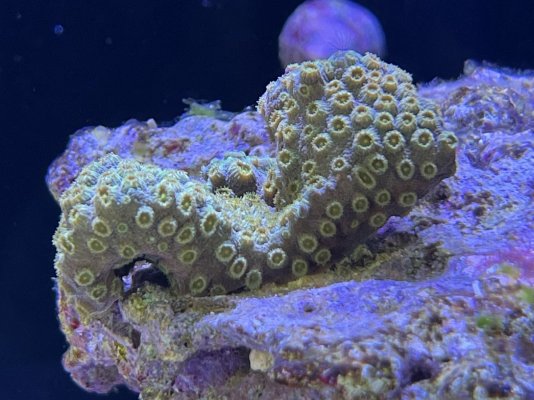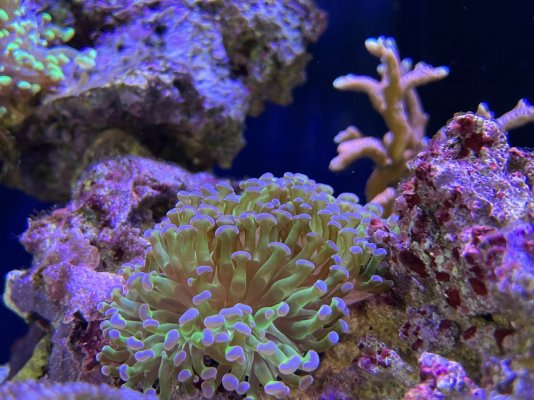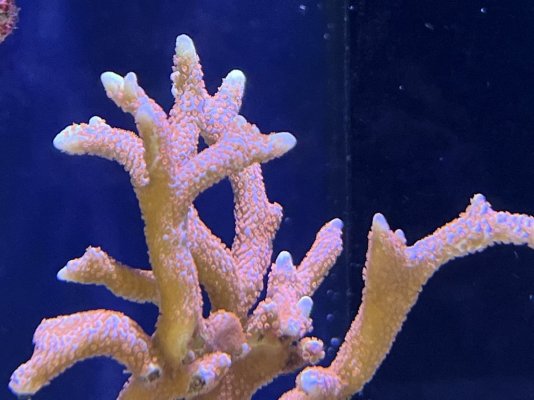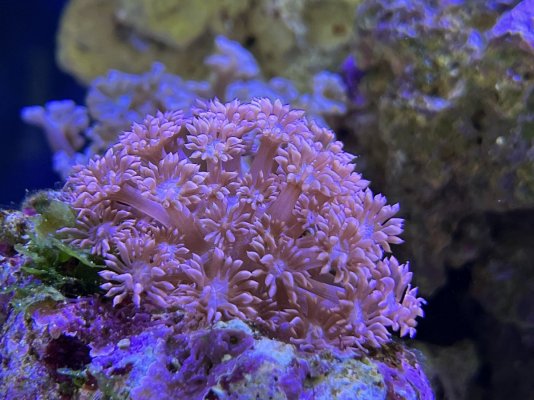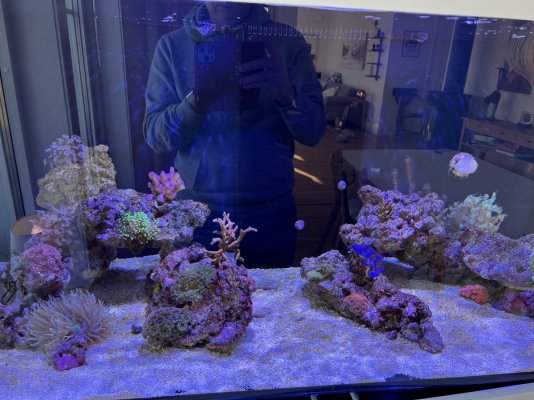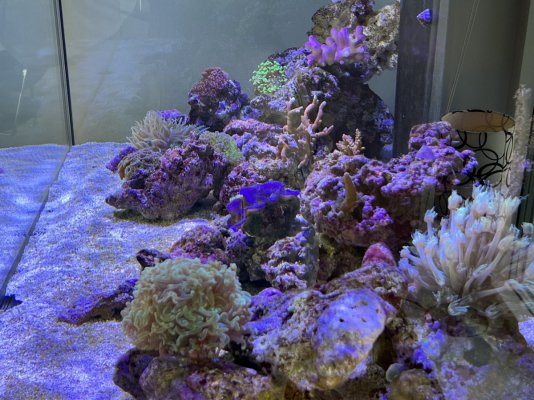- Joined
- Dec 28, 2016
- Messages
- 22,748
- Reaction score
- 21,915
Curious - I can't remember - do you use an oxydator? Do you see changes in ORP with it (if you do)?I use a ORP probe and there is few things I can knit to that in the DT tank. But the ORP probe in my anaerobic part of my reversed DSB is the one that manage the control of my denitrification, flow and addition of organic carbon.
IME - the nitrification cycle is one of the most sensitive bacterial processes that happens in a tank and in this - the second step is the most sensitive compared with the first. I use my nitrite measurements in order to monitor the health of my microbial ecosystems and it have give me early warnings a couple of times. One event is a small overdose of organic carbon that makes a shift from nitrifying organism into heterotrophs instead and show up in rising NO2
ORP in open water is not especially useful if you do not use a strong oxidizing agent as O3 or H2O2
The nitrification cycle and its health is much more significant to measure because if the nitrification process will be disturb in a working aquarium - something bad is uprising - IMO
Sincerely Lasse







